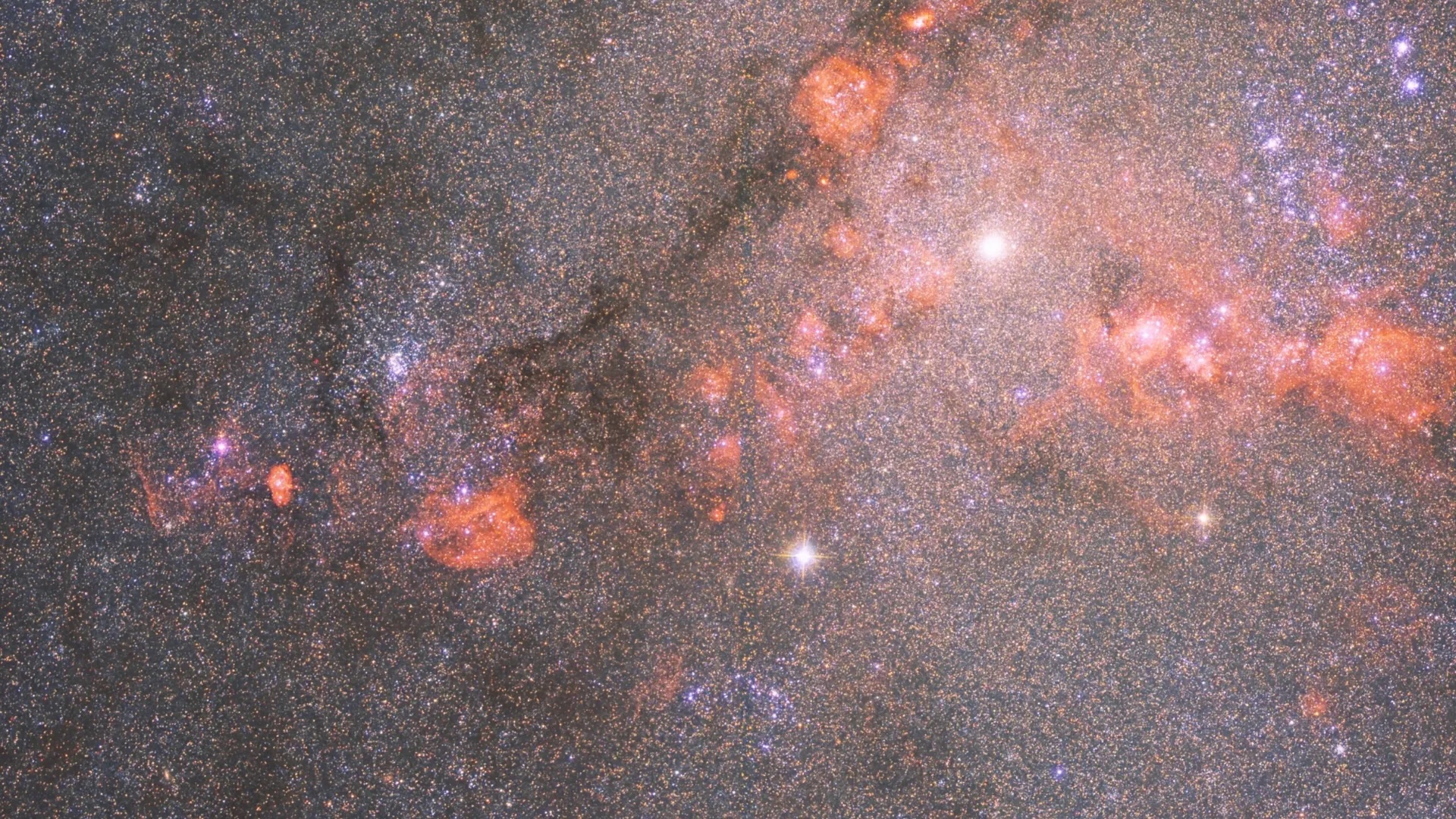JoF, Vol. 10, Pages 340: Arbuscular Mycorrhizal Fungi Diversity in Sophora japonica Rhizosphere at Different Altitudes and Lithologies
Journal of Fungi doi: 10.3390/jof10050340
Authors: Limin Yu Zhongfeng Zhang Peiyuan Liu Longwu Zhou Shuhui Tan Shitou Kuang
Arbuscular mycorrhizal fungi play a key role in mediating soil–plant relationships within karst ecosystems. Sophora japonica, a medicinal plant with anti-inflammatory and antitumor properties, is widely cultivated in karst areas of Guangxi, China. We considered limestone, dolomite, and sandstone at altitudes ranging from 100 to 800 m and employed Illumina sequencing to evaluate AMF diversity and identify the factors driving S. japonica rhizosphere AMF community changes. We showed that the increase in altitude increased S. japonica AMF colonization and the Shannon index. The colonization of limestone plots was higher than that of other lithology. In total, 3,096,236 sequences and 5767 OTUs were identified in S. japonica rhizosphere soil. Among these, 270 OTUs were defined at the genus level and divided into 7 genera and 35 species. Moreover, available nitrogen, soil organic matter, and available calcium content had a coupling effect and positive influence on AMF colonization and Shannon and Chao1 indices. Conversely, available phosphorus, available potassium, and available magnesium negatively affected AMF Shannon and Chao1 indices. Lithology, altitude, pH, and available phosphorus are important factors that affect the dynamics of AMF in the S. japonica rhizosphere.

 4 months ago
18
4 months ago
18


